Do you know about woodchippers? What are they? Woodchippers offer a great solution to various types of issues, and particularly in residential areas. Woodchippers are used in the clearing of large piles of branches, twigs, logs, and leaves so that the area becomes clean and safe for working purposes.
The useless debris that is found in your backyard is also cleaned with the help of a woodchipper. Leaves and various wood chips are the main components of garden mulch, so whenever you are going to trim a tree, recycle its parts that are not in use. Mulch offers great benefits to the garden like keeping the soil cool, retaining moisture, and helps in making your garden more attractive.
If you are going to tackle a big gardening project or need to clean up some space in your garden, then a woodchipper is the best and safest option to clean the area of debris. Scroll through the full article on how to use a woodchipper.
When you decide on one reliable woodchipper then know about the instructions on how to operate it. It is essential to understand how to operate the machine efficiently before you use it in your backyard.
1. Placing of Woodchipper on Ground
Before starting with a woodchipper, make sure the surface is solid and even surface. This activity can lower the risk of injury and avoids the tipping and moving of woodchippers during operation.
2. Adjusting of Chip Deflector and Chip Chute
The chip deflector and chip chute help in controlling the distance and direction that the woodchipper uses to throw chips. Many woodchippers include options with a couple of clamp knobs on the deflector that are adjusted for controlling throw distance. You can rotate the chip chute for accuracy. A good idea to maintain a clean work area.
3. Engaging of The Parking Brake and Starting of Woodchipper
Remember to set the parking brake before starting a woodchipper. This proves to be a very safe measure and ensures you that your machine will not go anywhere once you start feeding waste through the machine. To place wooden chocks below the wheels of the woodchipper is an added precaution safety measure that is suggested in a powerful way.
4. Feed Blunt End First
Woodchippers will easily process the blunt end of the wood. Ensure to feed the thick part at the first position so the woodchipper can swiftly catch the branch.
5. Feeding A Mixture of Dry and Green Limbs
Green tree limbs help in the lubrication and the cooling of woodchippers knives. Keep in mind that as you feed through your debris, the process becomes smooth and simple for you.
6. Standing Clear of Hopper
Remember to remain back from the hopper as you are throwing branches into the woodchipper. In many cases, the likelihood can be struck by a woodchipper, and it increases at an alarming rate.
7. Repurposing of Wood Chips
Now, you are done with the job of feeding your twigs, logs, and tree limbs into the woodchipper, time has come to recycle these wood chips into mulch. Mulch would act as organic material.
How Does a Woodchipper Works?
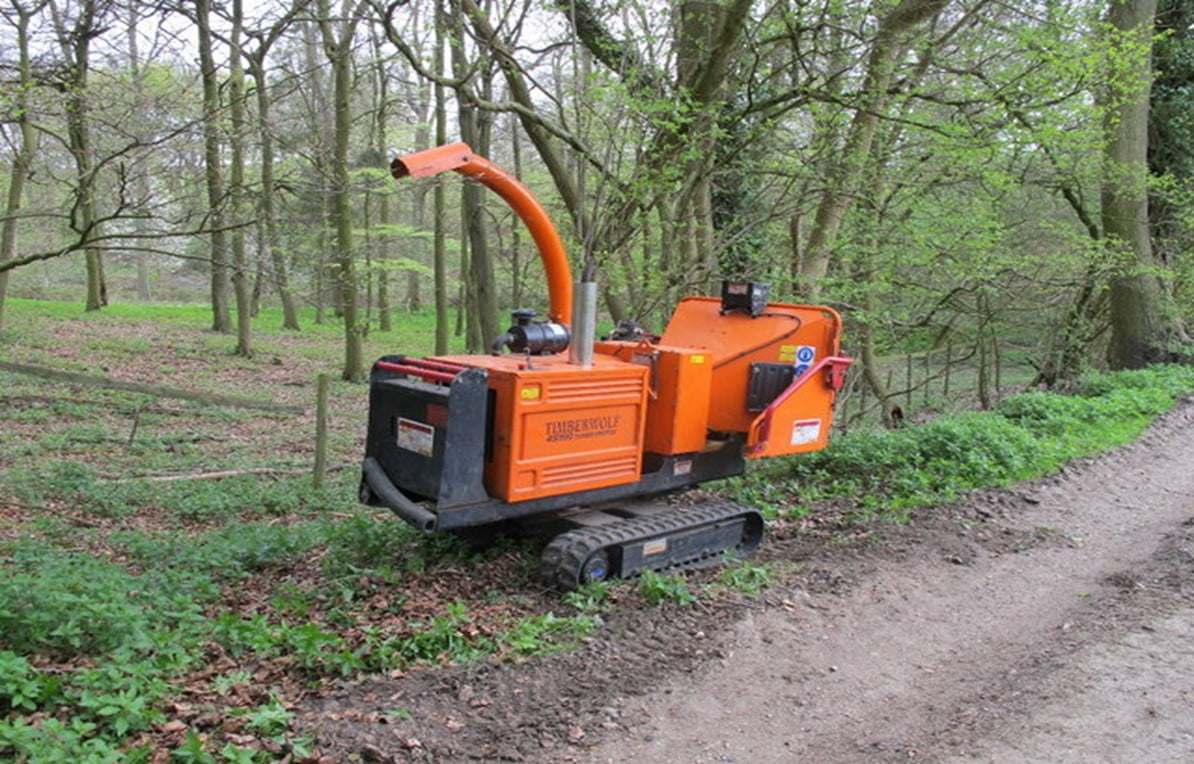
Many woodchippers contain the same functions, irrespective of the model. Woodchipper machines are powered by fuel engines, as they work in a better way. Many electric woodchippers are becoming more prevalent in Australia.
Gearbox makes use of V – belts along with pulleys so that they can connect with the engine to a set of sharp knives. V-belt transfers power from the engine, and the pulley makes the engine for controlling the speed of blades. Gears are present on woodchippers that help in controlling speed and power.
Two chutes are present in woodchippers that are used in processing. The first chute helps in shedding branches into chips and is small. While the second one is big and contains blades that help to turn excess plant material into mulch.
It is a fact the larger the machine, the larger the load of wood it can handle. If many blades rotate on independent shafts, then the wood is cut down continuously when they are passed through the blades at a fast speed.
According to the manufacturer, the blades of the chipper require sharpening after 25 hours of use. It is very essential to maintain your woodchipper blades’ sharpness to permit them to offer great efficiency and help in decreasing the machine failure risk. If you are wondering, how much does it cost to rent a woodchipper? Then you should check our other article which covers everything in depth.

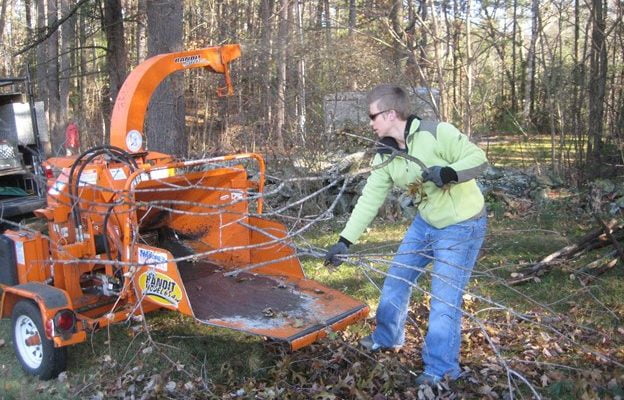
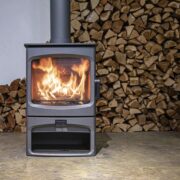
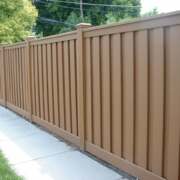
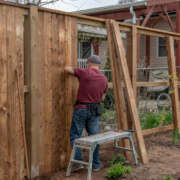
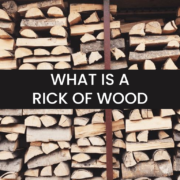
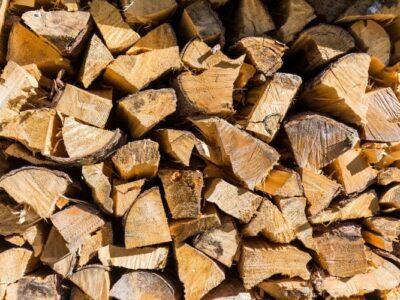
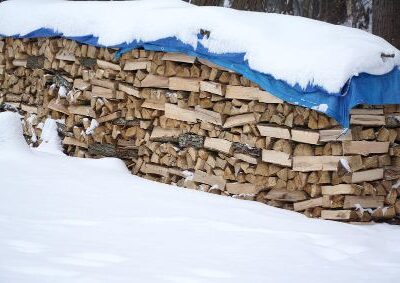
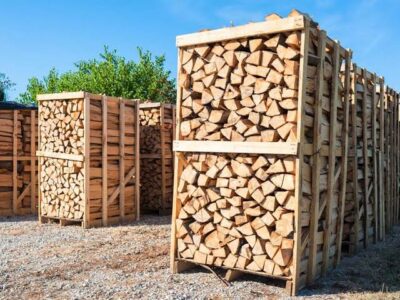
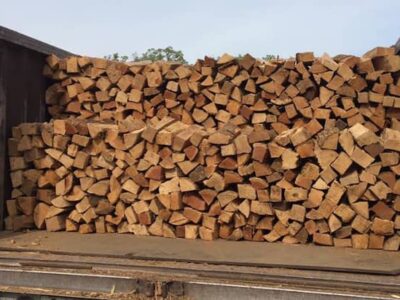

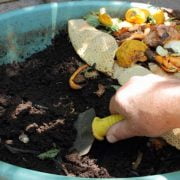


Comments